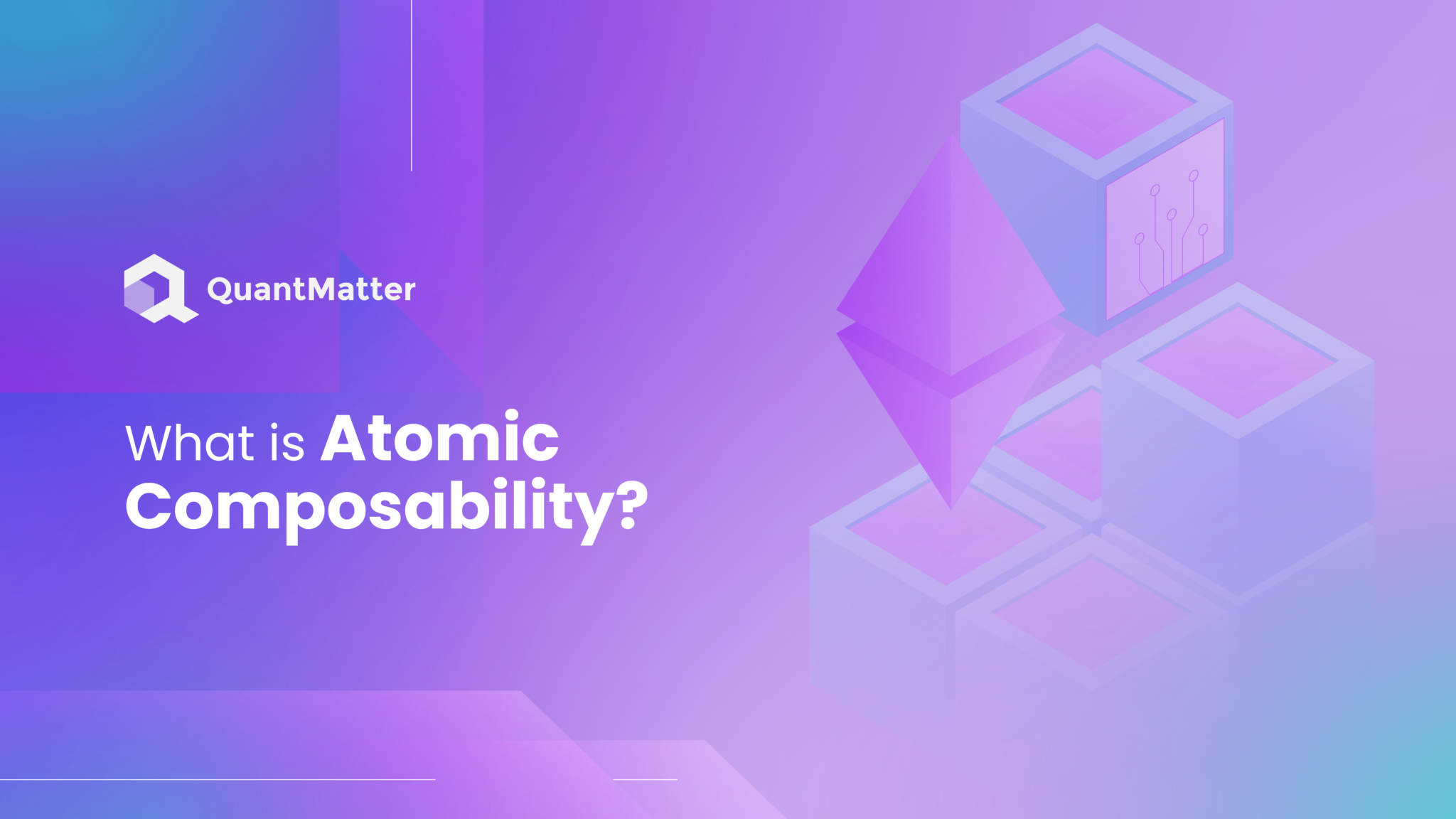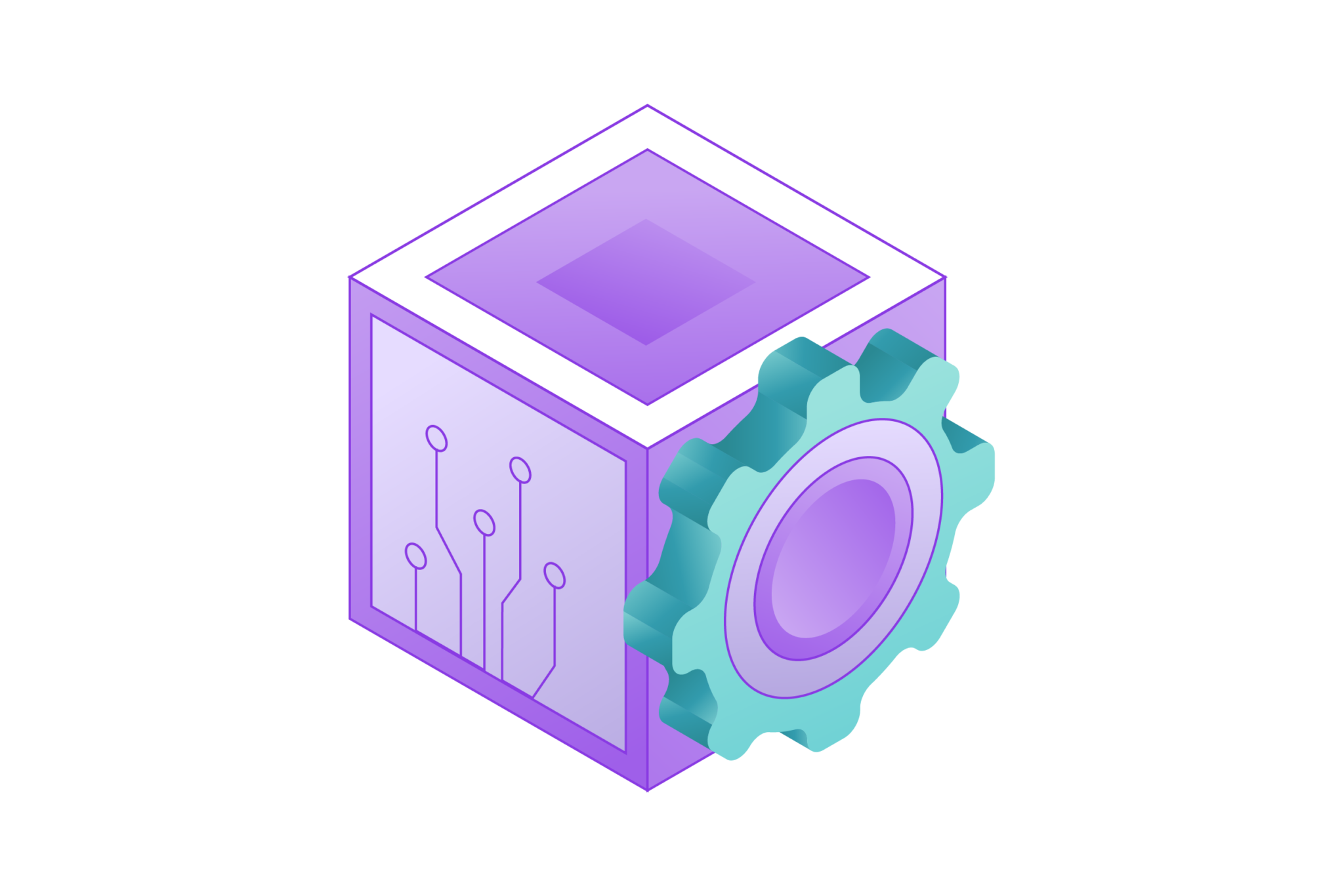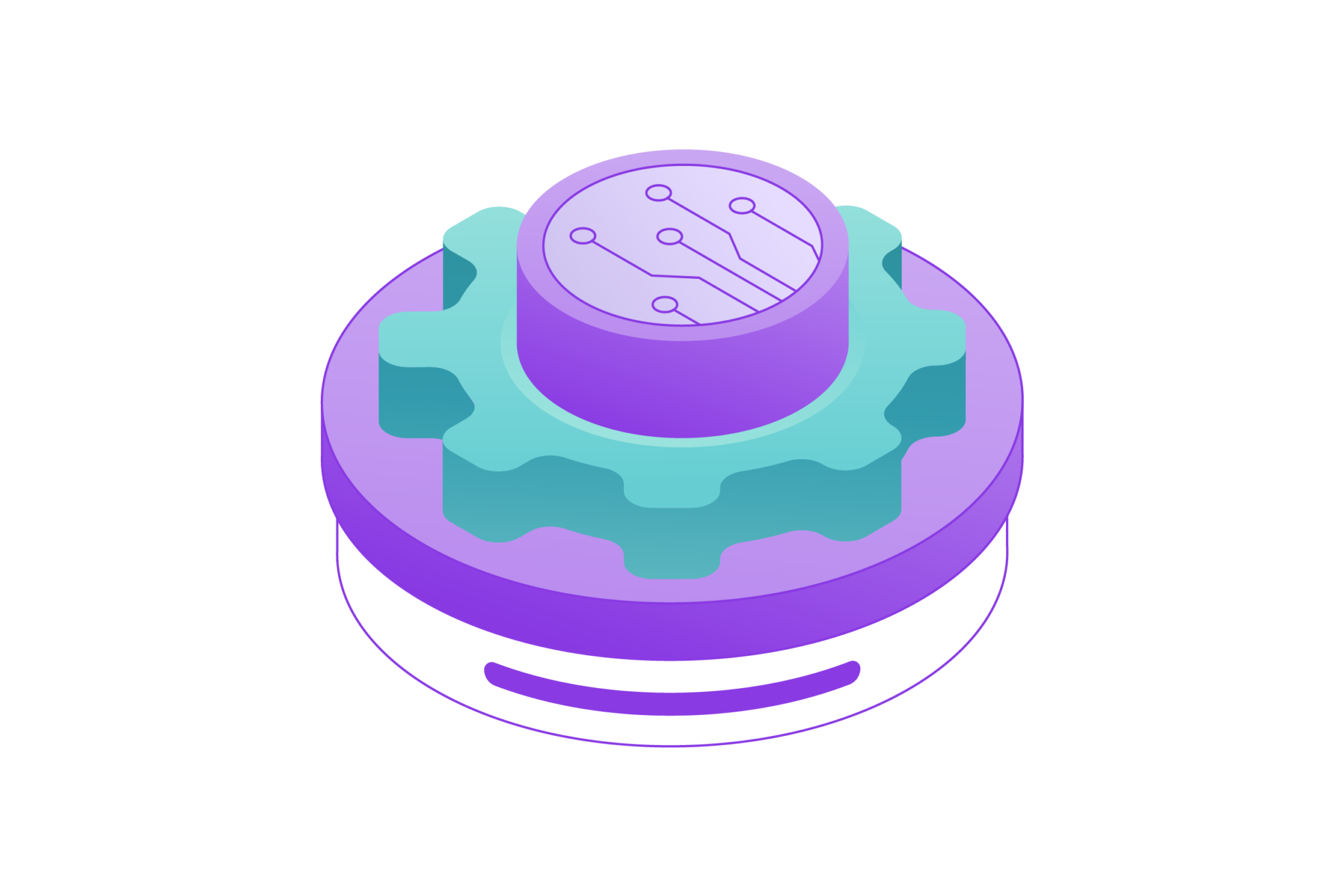
In the rapidly evolving digital landscape, the ability for different systems and platforms to work together smoothly has become more crucial than ever. This is where atomic composability comes into play, serving as the cornerstone for seamless interoperability. At its core, atomic composability is about breaking down complex systems into their most basic, indivisible components, which can then be reused and combined in various configurations. This approach not only enhances efficiency and flexibility but also paves the way for innovation by enabling developers to mix and match functionalities like building blocks.
The concept of atomic composability is not new, yet its application has gained unprecedented momentum with the rise of technologies such as blockchain and decentralized applications (dApps). In these contexts, atomic composability ensures that transactions and operations can be executed in a single, indivisible step, guaranteeing that either all actions are completed successfully or none at all. This principle is critical in environments where trust and security are paramount.
Exploring atomic composability offers insights into the mechanics of how different digital entities can interact without friction. By understanding and leveraging these building blocks, developers and organizations can create more cohesive and interoperable ecosystems. This article delves into the nuances of atomic composability, shedding light on its significance, challenges, and the opportunities it presents for the future of digital interoperability.
Atomic Composability Defined

Atomic composability is a critical concept in software development and digital transactions, particularly relevant in the fields of blockchain and decentralized finance (DeFi). It’s the foundational technology that enables complex operations to be executed as a single, indivisible transaction. This concept is crucial for ensuring data consistency and integrity across decentralized networks, where multiple independent actions need to be synchronized.
Imagine you’re conducting a transaction that involves several steps – like swapping currencies, paying for a service, and updating a digital ledger. In a traditional system, these steps might be executed sequentially, and if one step fails, the previous steps might not be automatically reversed, leading to potential inconsistencies or errors. Atomic composability tackles this problem by bundling these steps into one transaction. This bundle is then executed in an “all-or-nothing” manner. If any part of the transaction fails, the entire process is rolled back to its state before the transaction began, as if it never happened.
This capability is especially important in decentralized applications (DApps) and smart contracts on blockchain networks. These environments benefit from atomic composability because it ensures that transactions are processed reliably and consistently, despite the decentralized and trustless nature of these systems. It eliminates the risk of partial updates or inconsistent states, which are critical concerns in systems where trust and verifiability are paramount.
In the broader context of software engineering, atomic composability extends beyond blockchain applications. It is a principle that can enhance the reliability and integrity of any system that processes complex transactions involving multiple steps or operations. By ensuring that such operations are either fully completed or not executed at all, developers can build more robust and fault-tolerant systems. This is particularly valuable in environments where the cost of failure is high, and the need for data consistency across distributed systems is critical.
The Role of Atomic Composability in Decentralized Systems

Atomic composability in decentralized systems, particularly within blockchain networks, is a key concept that significantly impacts how transactions and smart contracts operate. It refers to the capability to execute several operations together as a single, indivisible transaction. This feature is paramount for ensuring that all parts of the transaction are completed successfully or not at all, thereby avoiding partial updates that could lead to inconsistencies or vulnerabilities.
In decentralized systems, the integrity and security of transactions are critical, as these platforms often manage valuable digital assets and sensitive operations. Atomic composability helps maintain this integrity by ensuring that bundled operations within a transaction either all succeed together or fail together. This atomicity is especially important in the context of smart contracts, which are self-executing contracts with the terms of the agreement directly written into lines of code.
Smart contracts are a revolutionary aspect of blockchain technology, automating the execution of contracts and eliminating the need for intermediaries. However, for smart contracts to interact with each other effectively and safely, a robust mechanism like atomic composability is necessary. It ensures that interactions between different contracts happen in a predictable and secure manner. For instance, if one smart contract depends on the outcome of another, atomic composability ensures that the dependent actions are only executed if all the prerequisite conditions are met, thereby maintaining the desired state coherence and security.
Moreover, atomic composability enhances the user experience by reducing complexity. Users can perform multiple actions in a single transaction, simplifying processes that would otherwise require multiple steps and potentially multiple transaction fees. This not only makes decentralized systems more user-friendly but also more efficient, as it reduces the computational and financial costs associated with executing multiple transactions.
Atomic composability fosters innovation within the decentralized ecosystem. Developers can build more complex and interconnected applications, knowing that the underlying blockchain infrastructure supports secure and efficient interactions between different smart contracts and transactions. This opens up possibilities for creating sophisticated decentralized applications (dApps) that can leverage the full potential of blockchain technology, driving forward innovation and expanding the use cases of decentralized systems.
In summary, atomic composability is a cornerstone of decentralized systems, ensuring security, efficiency, and a seamless user experience. It underpins the reliable execution of smart contracts, facilitates complex interactions within the blockchain ecosystem, and paves the way for the development of advanced decentralized applications.
Enabling Seamless Interoperability Across Platforms

Atomic composability refers to the concept of designing systems, components, or software in such a way that they can be combined and recombined with ease to create more complex functionalities or systems. This design philosophy emphasizes modularity, reusability, and the standardized interfaces between components, which allows for their seamless integration across different platforms and systems.
The significance of enabling seamless interoperability across platforms through atomic composability cannot be overstated. This approach ensures that various components, potentially developed using different technologies or standards, can work together without the need for extensive custom integration work. It addresses one of the core challenges in software and systems development: the complexity that arises when integrating disparate systems. Here are a few ways atomic composability achieves this:
Standardized Interfaces
By defining clear and standardized interfaces for how components communicate, atomic composability ensures that any component can interact with another, regardless of their underlying implementation. This standardization is key to reducing integration errors and incompatibilities.
Modularity
Components are designed to be modular, meaning they can be developed, tested, and deployed independently. This modularity allows for easier updates and maintenance, as changes to one component do not necessarily affect others, as long as the interfaces remain consistent.
Reusability
Components designed for atomic composability are inherently reusable. This means that once a component is developed, it can be used in multiple different systems or contexts without modification. Reusability not only saves development time but also ensures consistency across different systems.
Reduced Complexity
By enabling components to be combined in a straightforward and predictable way, atomic composability significantly reduces the overall complexity of developing and managing complex systems. Developers can focus on the unique aspects of their projects, rather than wrestling with integration challenges.
Ecosystem Development
Atomic composability facilitates the growth of ecosystems around platforms, as it allows for third-party developers to create and integrate their own components with ease. This can lead to a rapid expansion of the platform’s capabilities and offerings, driven by contributions from a diverse community of developers.
Agility and Flexibility
Organizations can respond more quickly to market changes and new opportunities. By leveraging a library of composable components, they can reconfigure their systems to meet new requirements or to incorporate new technologies without starting from scratch.
The adoption of atomic composability and the ensuing interoperability it enables are crucial for the future of technology development, especially as we move towards more integrated and complex digital ecosystems. It lays the foundation for a more collaborative, innovative, and efficient approach to building and evolving technology platforms.
Challenges and Considerations
When discussing atomic composability, particularly in the context of blockchain and decentralized applications (dApps), it’s crucial to acknowledge the balance between the innovative possibilities it unlocks and the hurdles that come with its implementation. Atomic composability allows for the creation of complex systems where individual components can interoperate without the need for intermediaries, enabling more seamless and efficient interactions. However, this approach is not without its challenges and considerations:
Technical Limitations
One of the most significant challenges is scalability. As more components seek to interact in real-time within a shared ecosystem, the demand on network resources can lead to congestion, increased transaction fees, or slower processing times. These scalability issues necessitate the development of more sophisticated solutions, such as layer 2 scaling solutions or sharding, to handle the increased load without compromising performance or security.
Need for Common Frameworks or Standards
For atomic composability to work effectively, there must be a universal set of protocols or standards that ensure different components can interact with each other seamlessly. This is similar to the role that HTTP plays in enabling different websites and browsers to communicate over the internet. In the blockchain context, this could involve standardizing smart contract interfaces, security practices, and data formats to ensure interoperability across different blockchains and applications.
Security Considerations
The interconnected nature of atomically composable systems introduces complex security challenges. Since components are designed to interact with minimal friction, a vulnerability in one component could potentially be exploited to compromise the entire system. Moreover, the dynamic nature of these interactions can lead to unforeseen consequences, where the combination of behaviors from different components creates new vulnerabilities. Therefore, rigorous security audits, continuous monitoring, and a proactive approach to vulnerability management become paramount.
Potential for Unforeseen Interactions
The flexibility and openness that allow for innovation within atomically composable ecosystems also create opportunities for unintended interactions between components. These interactions might not only lead to technical issues but could also have economic implications, such as creating exploitable loopholes in DeFi protocols. Understanding and mitigating the risks associated with these complex interactions require thorough testing, simulation of possible interaction scenarios, and a robust community of developers and security experts continuously scrutinizing the ecosystem for potential issues.
While atomic composability presents a promising avenue for building more integrated and efficient systems within the blockchain space, addressing its challenges requires a concerted effort from developers, researchers, and the wider community. Through collaboration, innovation, and a commitment to security and standardization, the full potential of atomic composability can be realized, paving the way for the next generation of decentralized applications.
The Future of Atomic Composability
Atomic composability refers to the concept of building digital systems and applications using small, reusable components that can be combined and recombined to create complex functionalities. This approach is akin to using building blocks or legos, where each block can be used in multiple configurations to build different structures. In the context of digital technology, these “blocks” could be code snippets, software modules, or even entire applications that can be integrated seamlessly with others to create a more complex system.
The future of atomic composability promises a landscape where digital systems are not only more modular but also more flexible and scalable. This modularity allows developers to create systems that can easily adapt to new requirements or integrate new functionalities without the need for extensive redesign or development. It significantly reduces the time and resources required to develop, test, and deploy new features or applications, thereby accelerating innovation and the deployment of new technologies.
As we move forward, the principles of atomic composability could play a crucial role in the convergence of technologies such as blockchain, artificial intelligence, and the Internet of Things (IoT). For instance, in a blockchain context, atomic composability can enable more complex decentralized applications (dApps) that leverage components from various blockchains, creating a cross-chain ecosystem where value and data flow seamlessly across different networks.
In artificial intelligence, atomic composability could facilitate the integration of AI models and data sets from different sources, enhancing the capabilities of AI systems and enabling more personalized and efficient services. Similarly, in the IoT space, atomic composability can help in creating more cohesive and intelligent systems where devices from different manufacturers and platforms can work together seamlessly.
Overall, the future of atomic composability holds the promise of creating digital ecosystems that are more integrated, efficient, and adaptable. This not only benefits developers and businesses by reducing development costs and time to market but also enhances the end-user experience by providing more robust, feature-rich, and seamless applications and services. As this concept continues to evolve, it will likely become a foundational principle in the design and development of future digital technologies and platforms.
Conclusion
Atomic composability represents a paradigm shift in the way we think about digital interoperability and system design. By breaking down complex systems into their most basic components and enabling them to interact seamlessly, atomic composability offers a pathway towards more flexible, efficient, and secure digital ecosystems. While challenges remain in fully realizing its potential, the principles of atomic composability are guiding the development of next-generation technologies and platforms.
As we continue to navigate the complexities of the digital world, the importance of atomic composability cannot be overstated. It serves as a building block for creating interoperable systems that can adapt and evolve over time. By embracing these principles, developers and organizations can unlock new possibilities for innovation and collaboration, ultimately leading to a more connected and cohesive digital future.
In conclusion, atomic composability is more than just a technical concept; it’s a vision for the future of digital interactions. Its implementation and continued evolution will play a critical role in shaping the landscape of technology, driving forward the development of systems that are not only interoperable but also inherently more robust and versatile. As we look ahead, the journey of exploring and harnessing atomic composability is just beginning, promising a world of endless possibilities and opportunities for seamless digital integration.
Disclaimer: The information provided by Quant Matter in this article is intended for general informational purposes and does not reflect the company’s opinion. It is not intended as investment advice or a recommendation. Readers are strongly advised to conduct their own thorough research and consult with a qualified financial advisor before making any financial decisions.

Joshua Soriano
As an author, I bring clarity to the complex intersections of technology and finance. My focus is on unraveling the complexities of using data science and machine learning in the cryptocurrency market, aiming to make the principles of quantitative trading understandable for everyone. Through my writing, I invite readers to explore how cutting-edge technology can be applied to make informed decisions in the fast-paced world of crypto trading, simplifying advanced concepts into engaging and accessible narratives.
- Joshua Soriano#molongui-disabled-link
- Joshua Soriano#molongui-disabled-link
- Joshua Soriano#molongui-disabled-link
- Joshua Soriano#molongui-disabled-link
